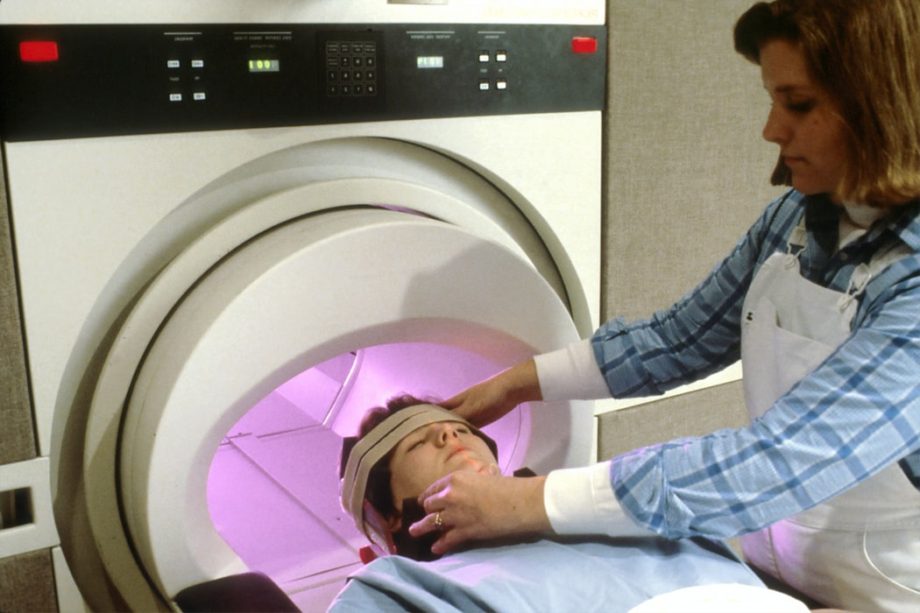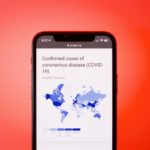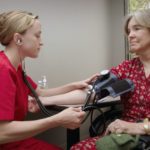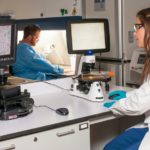
I have a medical concern, what’s the first step?
Primary Care Physician (PCP)
In the US, it is common to call your primary care physician (PCP) for any medical concerns, and set up an appointment with them.
While speaking with your PCP, they may decide that you need further treatment beyond their scope. You may need to go to the hospital to see a specialist, have surgery, or get treatment.
It’s a good idea to seek a PCP when you first arrive in the US. This will help you avoid needing to go to the hospital in the first place.
General medical concerns and problems can be discussed with your PCP, or the nurse on call, and they can set you up with an appointment, or suggest you go to the hospital.
However, if you do not have a primary care physician, or you are having a medical emergency, it is important to know what your options are, and what to expect when going to a walk-in clinic or hospital in the US.
Is this a medical emergency? Or an urgent medical problem?
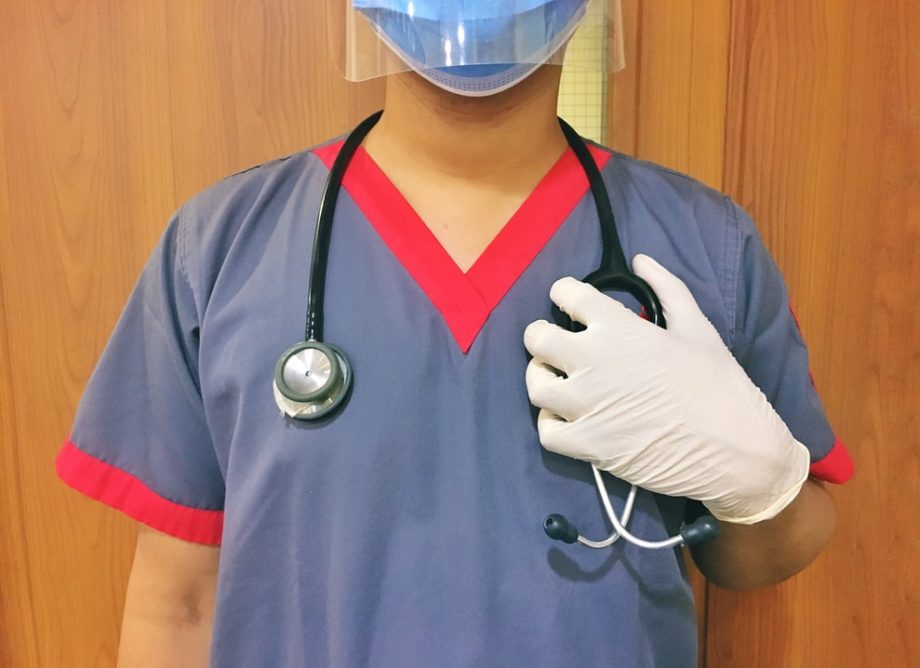
Walk-in Clinics
Depending on the medical issue you are experiencing, you may choose to go to a walk-in clinic, rather than the hospital.
You may be able to visit a walk-in clinic if you have an urgent medical problem that needs immediate attention. These can include: a urinary tract infection (UTI), vomiting or dehydration, severe sore throat or cough, or a sprained wrist or ankle.
Walk-in clinics can help you with medical problems that are not exactly an emergency, but are not something you can wait very long about either.
Walk-in clinics consist of urgent care centers, retail clinics and even many free clinics or community health clinics. There are probably a number of different walk-in clinics near where you live, anywhere in the US.
These walk-in clinics provide care without an appointment.
Their original purpose was to offer healthcare options to those without medical insurance, providing care at a much more affordable cost than a trip to the emergency room in a hospital. Now, they are a good healthcare option for anyone needing urgent care.
There are a number of advantages of walk-in clinics in comparison to hospitals for urgent care.
- Availability: No appointment is necessary, and walk-in clinics are often open during the evenings and weekends.
- Short wait times: You will not have to wait long at a walk-in clinic to be seen and treated, unlike the emergency room which can take hours to be seen.
- Low cost: Visits to walk-in clinics are typically affordable and are similar to what you would pay your primary care physician for an appointment.
- Proximity: Your nearest hospital may be an hour away, while walk-in clinics are more common and easier to get to.
Hospitals (The ER)
If you are experiencing a medical emergency, such as severe injury, illness, or pain, where the symptoms seem life-threatening, you will need to seek the nearest hospital.
In order to be seen and get treatment, you will need to go to the emergency room, or the ER.
If you cannot get to the hospital on your own, you may need to call the number 911.
By dialling 911, you will need to tell the 911 dispatcher what medical emergency/symptoms you are experiencing, that you need an ambulance to the hospital/ER, and you will need to tell them your location so that they can send the ambulance to you.
Please be aware that ambulance rides can be costly in the US, especially if you do not have medical insurance.
Step 1 – Rapid Medical Evaluation
Once you arrive at the hospital, you will need to go to the ER.
Upon entering the ER, if you have not arrived in an ambulance, the first step will be a rapid medical evaluation.
You will go through a triage process with a licensed registered nurse (RN), and then a medical screening examination by a licensed medical provider. This will help the healthcare professionals determine your medical condition and the level of care you need.
Patients experiencing the most severe emergencies will receive immediate treatment.
If your medical issue is deemed as less severe, you may receive care later than someone else, even if they arrived after you.
Step 2 – Registration
The Emergency Department staff will need to gather information about you before you receive any treatment.
The next step after receiving a quick medical evaluation will be registration. This will help the hospital have information for your patient record, and also obtain consent for your treatment.
You will be asked questions about your medical insurance (if you have any), your current address, an emergency contact, etc.
Step 3 – Treatment
You will then receive treatment from an attending physician or mid-level practitioner.
A registered nurse (RN) may start an intravenous (IV) line depending on your condition. This will help in the quick administration of medicine or fluids as ordered by a physician.
You may also need to have blood samples, urine samples, X-rays, or other imaging tests before a physician sees you.
These test results may be available in 1-2 hours while you are in the Emergency Department. However, some test results may require a longer wait.
Step 4 – Re-evaluation
You may be re-evaluated upon the arrival of test results.
How you are feeling is just as important as the test results, so be sure to mention to the physician or nurses if you are in any pain or discomfort.
After re-evaluation, the attending physician will determine whether or not you need to be admitted to the hospital, or treated in the Emergency Department and sent home.
Step 5 – Discharge
Once you have received treatment, you will receive home-care instructions to follow once you are discharged.
Be sure to understand these instructions and ask any questions before leaving the hospital.
The instructions will describe how you can care for yourself, directions for prescribed medications, and any recommendations for follow-up care or appointments.
